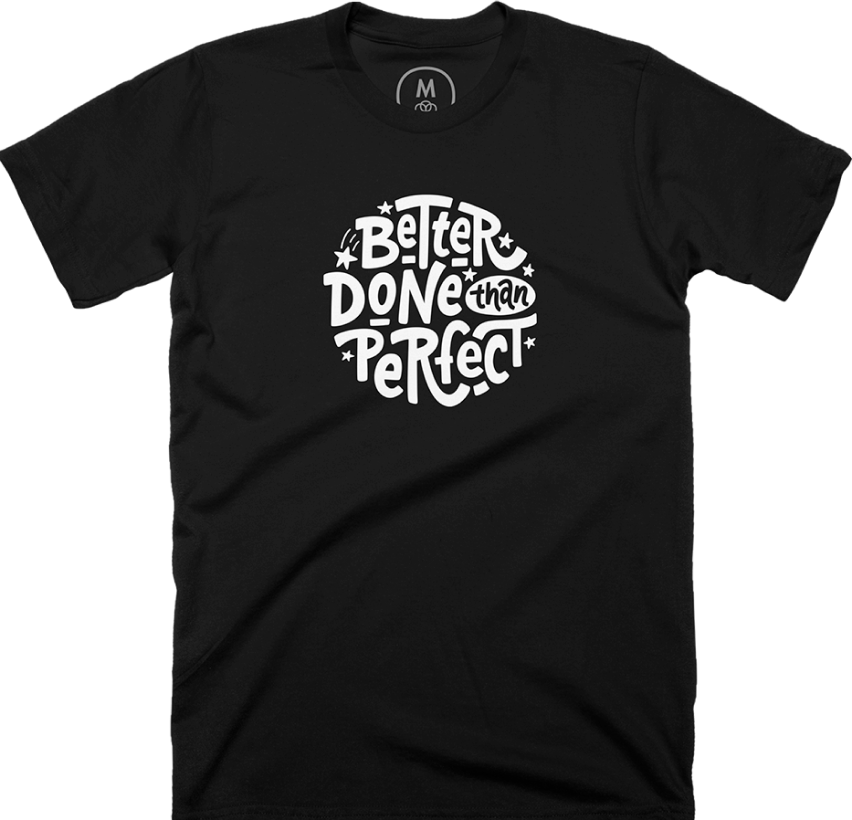Ashutosh Priyadarshy, founder of Sunsama, learned by doing to reach success with his product. From failed iterations to unfitting pricing models, Ashutosh used this knowledge to turn previous troubles into future wins.
Sparked by his time working for a wearables startup, he wanted to work on a product that could augment our abilities. A product that could be used every day. In this episode, Ashutosh and Jane discuss some key changes made by the Sunsama team, and tactics they use to achieve customer success.
Learning from early mistakes
Ashutosh and his co-founder didn’t have an overnight success with Sunsama — they arrived there after lots of iteration. Equipped with firm belief in better planning tools than Microsoft Outlook and Google Calendar, the team built and sunsetted six different products. Ashutosh recalls the story:
“We raised a tiny bit of angel money while we were still in the Bay Area. As soon as we got that first check, we packed up our cars, moved to Oregon to this little house, made a home base there, and started stretching that money out — basically building, launching, iterating, and then sunsetting six different products. Depending on how you count the iterations maybe it was seven. Those products were kind of all over the map. We built something that was a clone of Calendly. We built an assistant that you could CC on your email to help you schedule meetings. The products had a wide variety of success — some had early users, some had early customers, some were total duds.”
The biggest learnings? They got to learn about how people worked, got to see their calendars, got to see how they thought about scheduling and tooling:
“When it came to building the Sunsama that you know today, a daily planner that pulls together your tasks from all of your SaaS tools, it felt much more obvious to us.”
Additionally, Ashutosh describes one of the iterations, a meeting documentation tool, as “a solution looking for a problem.” That mistake helped them to realize that no matter what features they added, it was time to pivot to something new, as the current product wasn’t solving a serious enough need.
Qualifying customers
One of the big themes behind creating a product with strong daily use habits is that customer qualification is important. Sunsama does this in several ways, but key qualification happens in their onboarding flow.
First, you can’t go to their site and get started just with a few clicks. Instead, you will need to provide an email to “request access.” Second, they don’t put any flashy pricing page in front of you. Pricing is communicated in the signup flow instead.
Pricing and controlled access were huge for customer qualification. In the early days, they had a freemium model with no clear positioning. Eventually, they ended up where they are today, targeting elite professionals. But it took ditching the freemium plan early:
“It was very much in the style of Superhuman in terms of the onboarding, the pricing, and even the positioning. What was really interesting is that that process of forcing people to pay upfront and take a call in order to use the product helped us learn really fast about what people were willing to pay for what problems they had. It just clarified everything. One of the things that became clear, in retrospect, is that when you’re building a productivity product, everybody wants to try. You’re like, ‘Cool, new productivity product.’ But very few of those people actually want to stick around and pay for it. So what becomes essential is building mechanisms for making sure you have the right customers.”
Having a high-touch customer onboarding process in the past helped inform the guided process that it is today. Onboarding surveys also help with this customer qualification. Ashutosh describes a few questions that prospective customers get right at the start:
“The first thing we do is when you sign up, we ask you a series of questions to make sure that the product is actually a good fit for you and that you have the problems that this product solves. Are you the kind of person who has tasks in a lot of different pools? Are you the kind of person who has to manage a lot of different work streams simultaneously? Do you need to wear a lot of different hats? Those are usually really good indicators that you are the kind of person who would benefit from using Sunsama.”
Customer success with a small team
Jane asks how the Sunsama team tackles customer success, especially given the team’s smaller size. Between Ashutosh, his co-founder, and the three full-stack engineers, they all take turns on the support tickets. Ashutosh feels that’s the best way to keep learning directly from customers.
They also serve users with a 10-day email campaign when they start — designed to teach. Thus, even if they quit before converting from a trial, they feel as though they’ve learned something:
“We focus on the higher-level concepts so that, even if you decide after the trial that you’re not going to use the product, you come away with some sort of net sort of positive experience, some sort of learning. That is probably one of our most important customer touch points because it gives people an opportunity to ask questions about ‘How do I do this? Where do I get the desktop app? Where do I get these things?’ And it just gets the flywheel of activation going.”
Another customer success touchpoint after the 14-day trial is the optional call with Ashutosh or Travis, his co-founder. These are valuable because they provide another instance of intimate learning to inform the product. Having these calls at the end of the trial — as opposed to the start — naturally leads to more exciting discoveries:
“Almost every call becomes really interesting and juicy because you’ve given people time with this tool, and everybody’s lives are different.”
Product metrics — tracking what counts
To wrap up, Jane digs into how Sunsama is tracking metrics and what metrics are important to follow for a daily-use product. Ashutosh shares that they use Amplitude and FullStory, and their key metric is how many times a user plans their day in the first few days of use:
“We can zoom in even further and there’s an even more critical point. What does the curve look like, when people create a trial and then plan their day for the first time? That’s the big, critical conversion point. If we can get people to plan their day, one time, basically everything else works out down the funnel. Those are the people who are highly likely to plan their day again. Those are the people who are likely to upgrade to paid, and actually stick around.”
To avoid confusing correlation for causation, Ashutosh stresses that it’s important to align these key metrics with the core value proposition of the app. If these metrics aren’t closely aligned, it gets trickier to trust them. By fine-tuning that first-time-planing experience over several months, they were able to increase the number of trials that planned their first day by 20%.
Final Advice
Do figure out how to make people care about what you are building.
“One thing that we’ve consistently found is that people who are motivated and inspired to actually use your product will find things — they’ll find the most hidden setting. They’ll find how to add these integrations. They’ll figure out how to pay — if they care.”
Don’t just send emails, messages, or nudges because you see everyone else doing it.
“I think that that’s an anti-pattern. I think that the right way to communicate and message your customers is to put yourself in their shoes and say, ‘What would I want to hear if I wanted to be motivated and inspired to use this product?’”
Thanks for listening! If you found the episode useful, please spread the word on Twitter mentioning @userlist, or leave us a review on iTunes.


